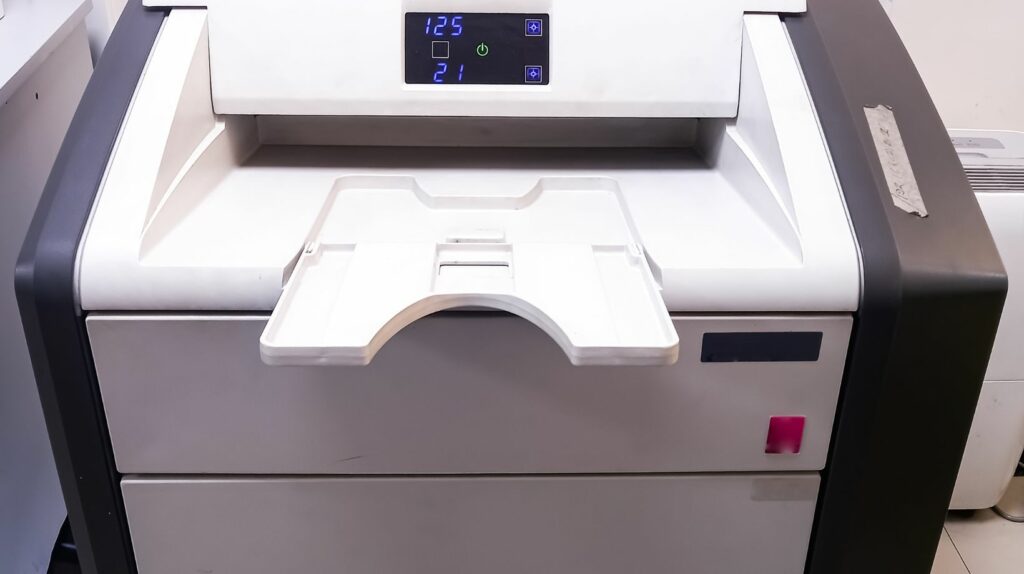Imagine a world where vibrant, high-quality images leap off the page, where customization is the norm, not the exception. Welcome to the realm of digital printing technology, a game-changer in the printing industry. It’s a world where creativity meets technology, resulting in stunning visuals that capture the imagination.
Digital printing technology has revolutionized the way we produce and consume printed materials. From personalized marketing materials to on-demand book publishing, this technology is reshaping industries. But what exactly is digital printing technology, and how does it work? Let’s delve into the heart of this innovative technology, its applications, and the impact it’s making on our world.
Digital Printing Technology
The transition from traditional to digital printing symbolizes a move into a modern, technologically advanced era. Printing, once labor-intensive and reliant on typesetting, pieced patterns together by hand.

The advent of digital printing changed the script, setting an entirely new course. It straddled the space between artistry and science with pinpoint accuracy, changing the rules of the industry by offering faster, more efficient and versatile methods.
With no preparation time and set-up costs, digital printing made printing easier, faster and less restrictive, opening up a world of marketing possibilities.
Key Technological Advances
Several groundbreaking technologies facilitated the rise of digital printing. Among them, some hold particular significance.
Inkjet Technology: This technology sprays tiny droplets of ink directly onto paper, helping to achieve the precision, speed and quality that’s synonymous with digital printing. Despite its initial high cost, it became popular due to its capability to produce vibrant, high resolution images rapidly.Electrostatic Printing: This technique, used primarily in photocopiers, uses static electricity charged particles to attract toner to desired areas on a page. It amplified the speed and efficiency of printing while lowering the costs significantly, contributing largely to the rise of digital printing.Direct Digital Imaging: This method removes the film step and allows direct printing from a digital file. It increases the speed of production and the quality of the final print, accommodating the increasing demand for high-quality, fast outputs.Emergence of PDF: The introduction of Portable Document Format (PDF) offered a universal standard that enabled digital files to keep their formatting across various operating systems. It revolutionized the way documents had been shared and printed, and continues to be a cornerstone of the digital printing process.
These key technological advances continue driving the evolution and shaping the narrative of digital printing technology.
Major Digital Printing Techniques

Navigating through the advancements in digital printing technology, two techniques solidify their impact: Inkjet technology and Laser printing.
The techniques are instrumental in transforming the industry, making printing faster, more efficient, and cost-effective.
Inkjet Technology
Inkjet technology is a game-changer in the printing sector. It is characterized by its capacity to produce high-definition images by propelling droplets of ink onto the substrate. The technology excels in printing vibrantly colored, detailed images, making it a favorite among photographers and graphic artists. A significant advantage lies in its capability to print on a wide range of materials, from paper to canvas.
An example substantiating inkjet technology’s versatility is Epson’s pigment-based inkjets. Epson’s printers offer enhanced color stability and longevity, a distinct strength when reproducing photographic prints.
Laser Printing
Transitioning to Laser printing, an electrostatic digital printing process, it produces high-quality text and graphics by repeatedly passing a laser beam over an electrically charged rotating drum. It then collects negatively charged toner particles, finally depositing them on a sheet of paper to form an image. Notably, it’s preferable for large-volume printing jobs due to its speed and cost-effectiveness.

Canon’s ImageRunner Advance DX series serves as a testament to laser printing technology’s efficacy. Canon’s series stands out in terms of improving productivity and bringing color consistency, thereby confirming the technology’s effectiveness in business environments.
Digital printing technology’s journey has been remarkable. From its early stages to the latest advancements like nanograph and 3D printing materials, it’s consistently pushed the boundaries of what’s possible. Challenges have surfaced, but they’ve only served as stepping stones for further growth. With AI, automation, and advanced ink technology taking center stage, precision, speed, and efficiency are set to reach new heights. It’s clear that the digital printing industry is on the cusp of a new era, driven by continuous technological evolution.

